With the continuous development of wireless networks, Multi-Stream Aggregation (MSA, MulTIple Stream AggregaTIon) through the use of multi-standard, multi-carrier and deep integration of multi-layer networks can bring 500% edge throughput improvement Concept, so that users can enjoy high-speed and stable data access services no matter where they are on the network. It will become a key technology for future network evolution.
The popularity of smart terminals and the rapid development of mobile broadband have made explosive growth in mobile data services. The industry expects that in the next ten years, global mobile data traffic will grow exponentially, which will bring an unprecedented huge impact to the current network.
Challenges facing the current network
The current network is usually deployed in a single layer network, that is, different wireless access technologies (RAT, Radio Access Technology), such as GSM, UMTS, LTE and Wi-Fi, are independently deployed and managed separately, and through different core networks The device is connected to the network. At the same time, users can only perform data transmission with a single node in one RAT, resulting in insufficient wireless resource utilization, repeated investment in network infrastructure, and network capacity that cannot be further improved.
Although HetNet is currently a typical application scenario for increasing network capacity, as the number of small stations gradually increases, more and more “cell edges†will appear in the future, resulting in frequent handovers, increased handover failure rate, and edge Phenomenon such as the decrease of user's throughput is becoming more and more prominent, which have an impact on user experience. Therefore, issues such as mobility, interference, and resource utilization are the main challenges facing the current network.
Mobility
With the intensive deployment of HetNet, the number of small stations is gradually increasing, frequent switching and ping-pong switching will continue to emerge. In general, due to the low deployment position of the small station antenna, the signal propagation characteristics of the small station and the macro station are different. As the distance increases, the attenuation of the macro station signal is relatively slow. After the deployment of the small station, although the signal strength near the small station is significantly improved, as the distance from the small station increases, the signal will rapidly attenuate, and in serious cases, it will cause users to drop calls.
In short, due to the fast fading characteristics of the small station channel and the interference caused by the introduction of the small station, the handover failure rate in the HetNet scenario is generally higher than that in the traditional homogeneous (only macro station deployment) scenario Rate, especially when users switch from small stations to macro stations.
Interference If the small station is deployed within the coverage of the macro station, because of the co-channel interference of the macro station, the coverage of the small station will obviously shrink, that is, the closer the small station is to the macro station, the smaller its coverage . For example, if the small station is deployed at the edge of the macro station, its coverage can reach more than 100m; while if the small station is deployed at the center of the macro station, its coverage can only reach tens of meters or even dozens of meters. In addition, because of the existence of co-channel interference, the throughput of users will also be significantly reduced.
Resource utilization
Generally speaking, at different times and geographical locations, there are always differences in business requirements between macro stations and small stations. In the traditional HetNet scenario, resources cannot be shared between different sites, resulting in insufficient resource utilization and different user experiences at different sites.
The macro station can attract more users because of its large coverage area. Therefore, the load of the macro station may be heavier in general, which will result in lower throughput of users in the macro station, especially the edge users of the macro station because of the distance. The macro station is far away, and at the same time it is interfered by the small station of the same frequency, its user throughput is lower. For small stations, because of the constraints of coverage, the number of users they adsorb is small, and the load is light, so the throughput of users in small stations is high. Therefore, the user experience under the macro station and the small station is obviously inconsistent.
Permanent magnet Dc Motor is composed of stator magnetic pole, rotor, brush, case and so on. Stator magnetic pole is made of permanent magnet (permanent magnet steel), ferrite, alnico, ndfeb and other materials, and the rotor is generally made of silicon steel laminated. Enameled wire is wound between two slots in the rotor core (three slots are provided with three windings), and its joints are separately welded on the metal sheet of the commutator. Electric brush is a conductive part connecting power supply and rotor winding. Permanent magnet motor brush USES single metal sheet or metallic graphite brush, electrochemical graphite brush.Permanent Magnet Gear Motor is established using permanent magnet magnetic field of a dc motor. Permanent magnet Gear Motor is widely used in various kinds of portable electronic equipment or apparatus
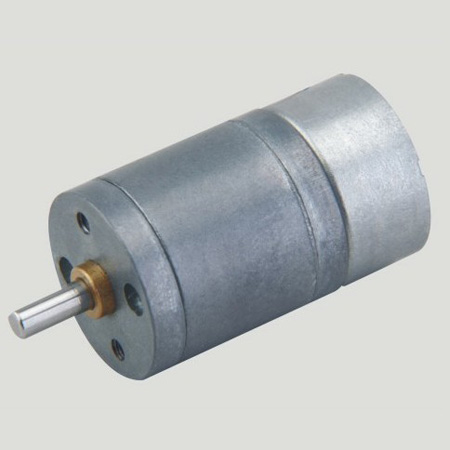

precision instruments and meters,automobile industry, medical equipment, consumer electronics, household appliances, electric glass doors and Windows,etc., wide application range,,Permanent Magnet Gear Motor is usually used in small power occasion.
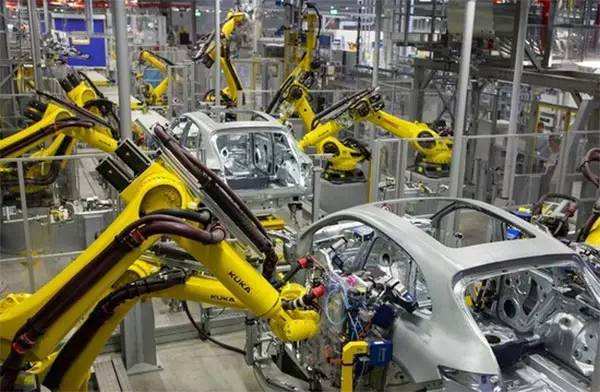

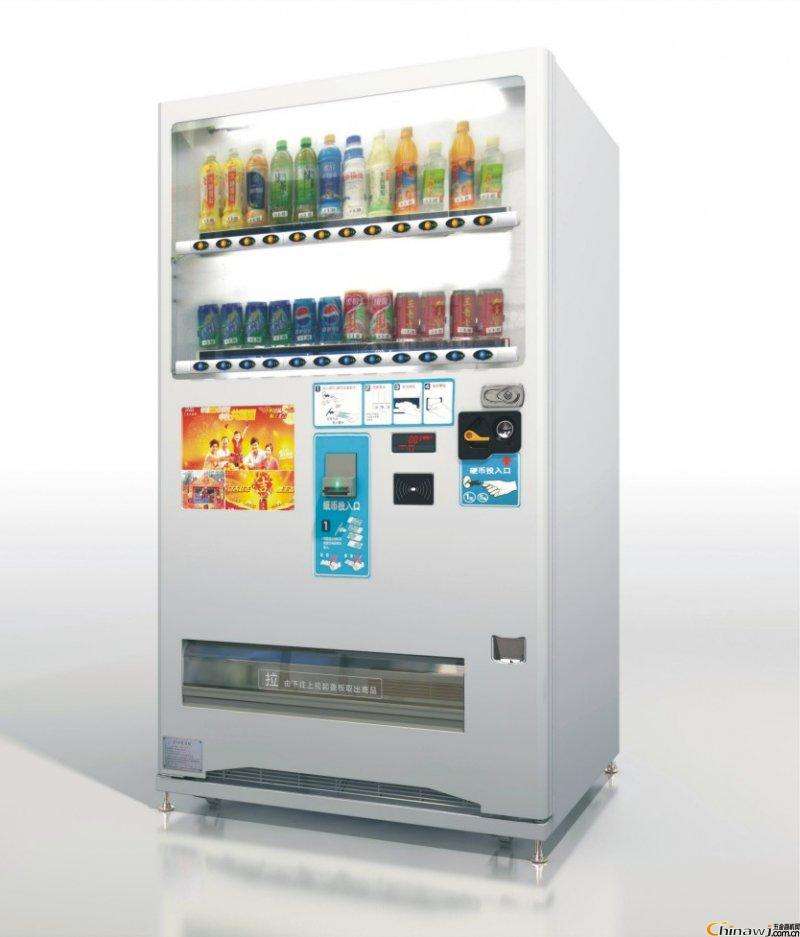
Features: permanent
magnet gear motor is a kind of rectangular pulse wave, sine wave current, in the form of hybrid permanent magnet motor. Simple structure, high reliability and high efficiency.
Method of use: the best stable in horizontal plane, installed on the permanent magnet gear motor output shaft parts, cannot use a hammer to knock,knock prone to press into the permanent magnet gear motor drive, may cause damage to internal components, and cannot be used in the case of blocked.
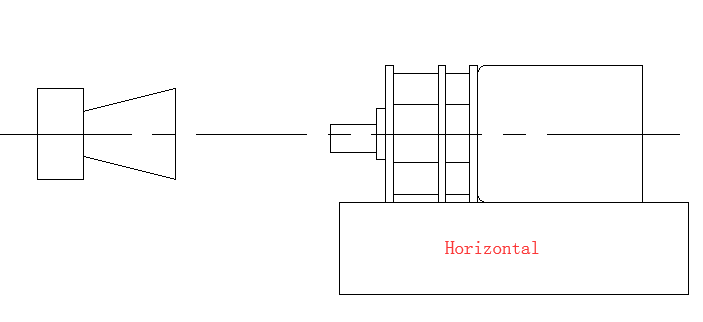
Operating temperature range:
permanent magnet gear motor should be used at a temperature of -10~60℃.
The figures stated in the catalog specifications are based on use at ordinary room temperature catalog specifications re based on use at ordinary room temperature (approximately20~25℃.
If a geared motor is used outside the prescribed temperature range,the grease on the gearhead area will become unable to function normally and the motor will become unable to start.Depending on the temperature conditions ,it may be possible to deal with them by changing the grease of the motor's parts.Please feel free to consult with us about this.
Storage temperature range:
permanent magnet gear motor should be stored ta a temperature of -15~65℃.
In case of storage outside this range,the grease on the gearhead area will become unable to function normally and the motor will become unable to start.
Service life:
The longevity of permanent magnet gear motor is greatly affected by the load conditions , the mode of operation,the environment of use ,etc.Therefore,it is necessary to check the conditions under which the product will actually be used .The following conditions will have a negative effect on longevity.Please consult with us should any of them apply.
â—Use with a load that exceeds the rated torque
â—Frequent starting
â—Momentary reversals of turning direction
â—Impact loads
â—Long-term continuous operation
â—Forced turning using the output shaft
â—Use in which the permitted overhang load or the permitted thrust load is exceeded
â—A pulse drive ,e.g.,a short break,counter electromotive force,PWM control
â—Use of a voltage that is nonstandard as regards the rated voltage
â—Use outside the prescribed temperature or relative-humidity range,or in a special environment.
â—Please consult with us about these or any other conditions of use that may apply,so that we can be sure that you select the most appropriate model.
when it come to volume production,we're a major player as well .each month,we rurn out 600000 units,all of which are compliant with the rohs directive.Have any questions or special needed, please contact us, we have the engineer group and best sales department to service to you Looking forward to your inquiry. Welcome to our factory.
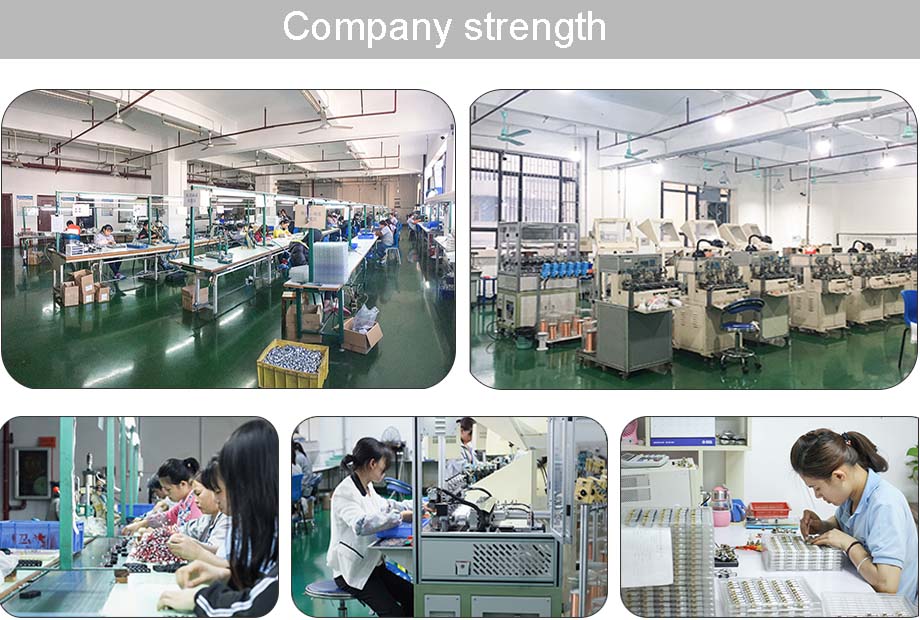
Permanent Magnet Gear Motor,Permanent Magnet Motor With Gear,Permanent Magnet Gear Motor 5V,Permanent Magnet Stepper Gear Motor
Shenzhen Shunchang Motor Co., LTD. , https://www.scgearmotor.com
